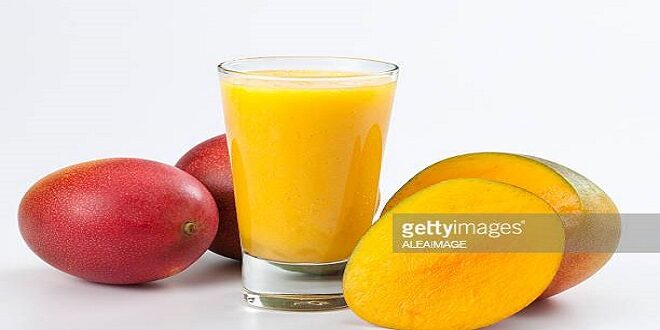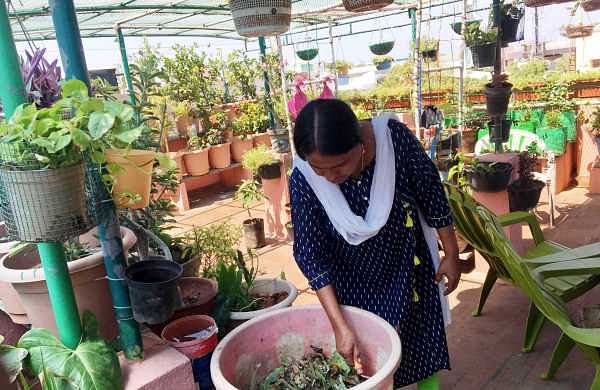Introduction
Winemaking is one of the most ancient of man’s technologies and is now one of the most commercially prosperous biotechnological processes. Historians believe that wine was being made in Caucasus and Mesopotamia as early as 6000 BC.
Records for wine have been found in Egypt and Phoenicia, dating as far back as 5000 BC. By 2000 BC, it was being produced in Greece and Crete. Colonization by Romans spread winemaking all around the Mediterranean. By 500 BC, it was spread to Sicily, Italy, France, Spain, Portugal, and Northern Africa.
The cultivation of wine also spread in to Balkan states, and the Romans took it into Germany and other parts of Northern Europe, eventually reaching as far as Britain (Robinson 1994)
Introduction
The production and consumption of fermented beverages like wine is an ancient practice. However, the production and consumption of fruit-based distilled alcoholic beverages is a later development.
Different aspects of fruit-based alcoholic beverages other than grapes have been investigated (Barnett 1980). The Rig-Veda amply testifies that wine is perhaps the oldest fermented product known to man.
However, the actual birthplace of wine is still unknown, although it had been prepared somewhere in 350 BC (Joshi and Devender 2005). European explorers in the sixteenth century introduced wine into the new world (Amerine et al. 1980). The early spreading and world distribution of the vine and winemaking technology is shown.
has become widespread. Presently, most commercial wine yeasts are strains of Saccharomyces cerevisiae, including those described by enologists as Saccharomyces bayanus, which has been reidentified in most cases as Scerevisiae.
In the initial phases of fermentation, different species of indigenous yeasts, called wild yeasts, present in the grape, make an important contribution. The predominant species belong to the genera Brettanomyces, Candida, Cryptococcus, Debaryomyces, Dekkera, Hanseniaspora, Hansenula, Kloechera, Kluyveromyces, Pichia, Rhodotorula, Torulaspora, Schizosaccharomyces, and Zygosaccharomyces.
As fermentation progresses, these so-called “non-Saccharomyces” species die off, leaving the more ethanol-tolerant S. cerevisiae to predominate and complete the fermentation. This species has long been known as the wine yeast.
Considerable progress has been made over the last decade in understanding the biochemistry and interactions of yeast, lactic acid bacteria, and other microorganisms during the winemaking process. This knowledge has been of great benefit to winemakers in their quest to produce high-quality wines.
Wine Production from Fruits Other than Grapes
In European usage, wine and brandy refer to exclusively fermented by-products of grapes—member of the genus Vitis, notably cultivars of vinifera. In England, especially in the New World, wines and brandies may refer to the fermented by-products of any fleshy fruit or flower. The quality and the quantity of grapes depend on geographical, geological, and climatic conditions in the vineyards and the grape variety and methods of cultivation (Joshi and Pandey 1999). In general, grapes are the main raw materials that have .
Fruit Wines Production and Postharvest Losses
Fruits are highly perishable commodities and have to be either consumed immediately or preserved in one form or another. In developed countries, a considerable quantity of fruit is used, but in developing countries, the lack of proper utilization results in considerable postharvest losses, estimated to be 30% to 40%.
The increased production can be soaked up profitably if fruit wines are produced (Sandhu and Joshi 1995; Joshi and Parmar 2004). Setting up fruit wineries, aside from industrializing the fruitgrowing belts, could result in the economic upliftment of the people, generating employment opportunities and providing better returns of their produce to the orchardists (Amerine et al. 1980; Fowles 1989; Joshi et al. 2004).
Last word
The availability of technology is the single most important factor determining the production through cost, and the type of the product is also a significant consideration in popularizing the product. Hence, the production of fruit wines in those countries where fruits other than grapes are grown would certainly be advantageous
 TECHGUIDANCES
TECHGUIDANCES




